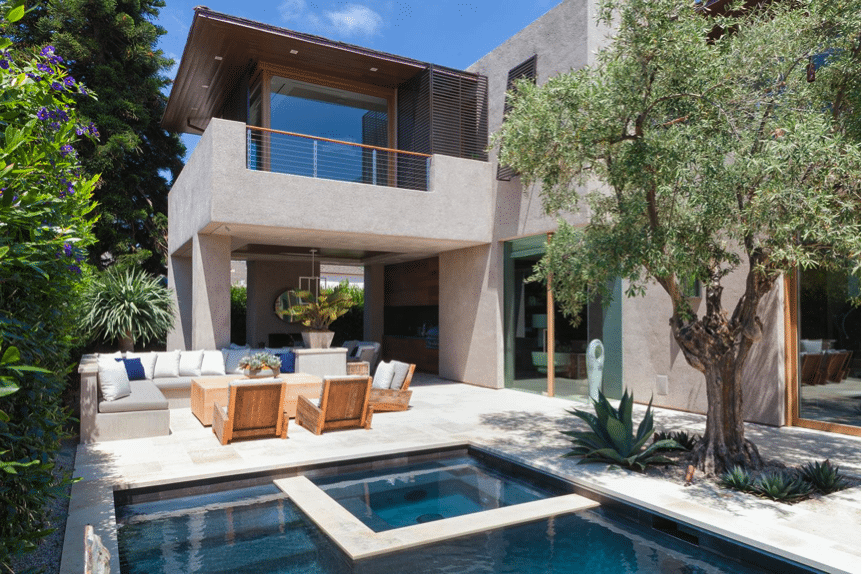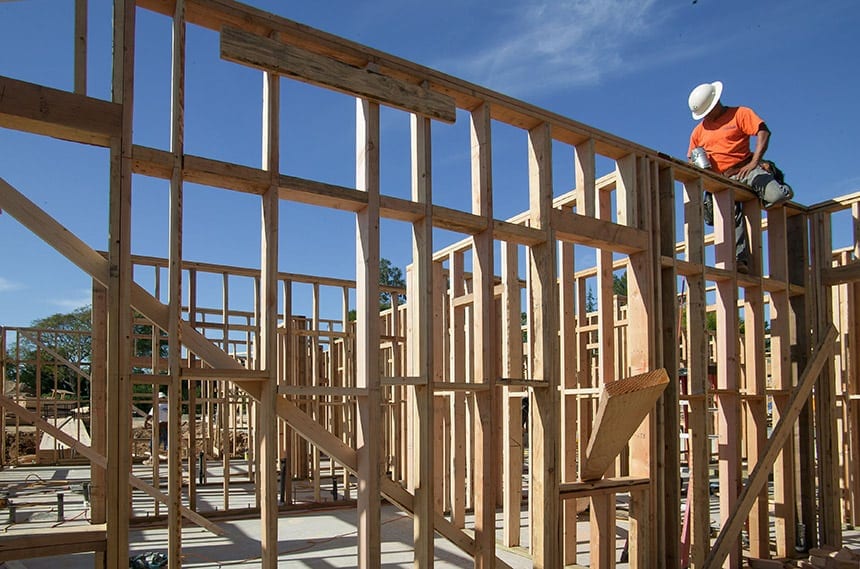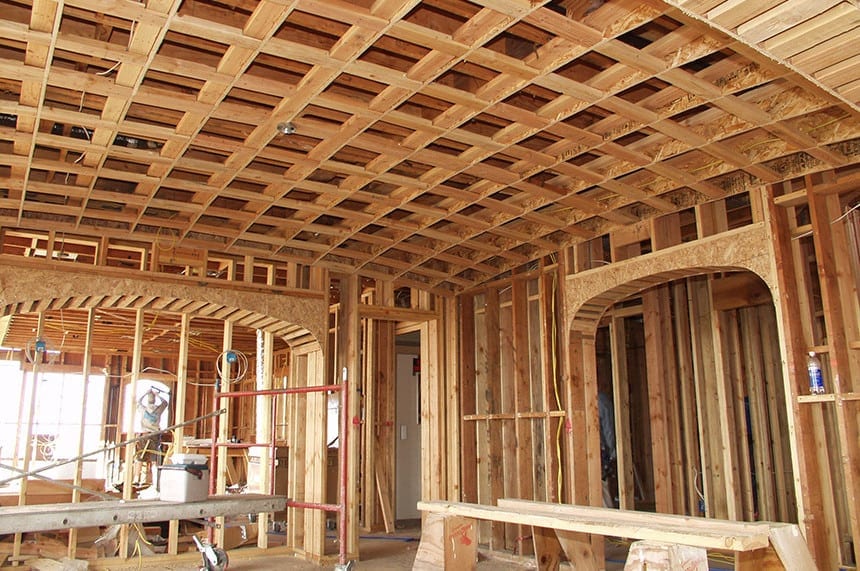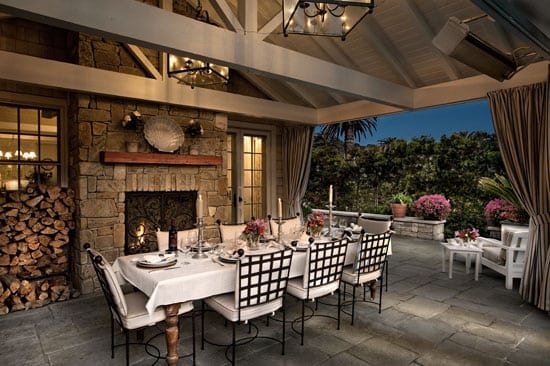
Building a “Green” Home with Style
Your home represents comfort and stability. After a long day at work, returning home can ease your nerves and promises a sense of security. You can shut out the rest of the world, at least for a brief moment, by closing your front door and relaxing in the ambiance that you are so familiar with.
As warm, inviting, and downright comfortable your home might be you may be unaware of its energy use. Using energy and resources carefully has seen an uptrend in the past few years. Global warming, concerns about using up all our worldly resources, and other environmental fears leave us reconsidering our everyday lives. We find ourselves buying energy efficient products and seeking means of reducing our impact on resources that are not renewable, such as water.
If you are at all aware of the trends that are currently popular, then you know that the “green” phenomenon is sweeping the country (and indeed the world). Not only are people becoming more aware of their impact on the environment, but energy efficient technology has finally reached a stage of development where it is now viable for the average consumer. With the dwindling price of this technology and the availability of tax rebates and government financing for appliances such as solar power generators, there is no better time than now to design a “green” home.
Much of what we do for the environment starts at home. Creating a clean, energy efficient home is good for the environment and will save you money in the long run. However, being conscious of the environment does not mean your whole house has to resemble a compost heap. Here are some tips for building a green home that still maintains a pleasant sophistication and sense of style.
Plan Ahead
When it comes to just about any project, whether it’s building a two-story home or building a model volcano for science class, planning is of key importance. Make sure to research each and every aspect of your home in order to figure out the most energy efficient options. Set a budget and stick to it.
In the initial planning stages, consider whether you would like to retrofit or build new. Remodeling your home is probably more eco-friendly—consider all the waste that comes from tearing down your home. However, if your home and appliances are outdated this might not be the case. If you choose to build new, try to salvage as much as possible to reduce waste. If you are building a new home from the ground up, consider how sustainable you want your home to be. From appliances to plumbing fixtures and tankless water heaters to solar panels the possibilities are endless.
Keep It Simple
Contrary to what you might think, you can save a lot of energy and water with simple, affordable changes, which might include:
- Programmable thermostats by zone keep you from leaving your heater or air conditioner on unnecessarily.
- Low flow shower and faucet fixtures save water without sacrificing water pressure.
- Dual flush toilets flush two different levels of water (depending on liquid or solid waste) and use less water overall. These toilets have been shown to save up to 67% of water usage in homes.
- Compact fluorescent bulbs or LED bulbs are more energy efficient, outputting more light while requiring less energy. CFLs and LEDs also last much longer than incandescent bulbs.
Bigger Fixes
You can save money with some bigger fixes as well. You can get tax credits for buying
- Energy Star appliances
- High-performance windows
- Efficient furnaces
- Solar panels
- Geothermal heat pumps
When it comes to home products, make sure you buy appliances that carry the U.S. Energy Star label. Energy Star is the standard for energy efficient consumer products.
Why Do It
- Solar energy is the cornerstone of any truly green home, because it allows for a completely clean generation of energy. Solar panels are a particularly smart investment because they offer three huge benefits (including producing your own electricity). Not only do they allow you to produce electricity for nearly free, but you can actually sell the energy that you have produced but do not need. If your solar power generator produces more energy than you use, you can sell it back to the power grid in a process called net metering. The final main advantage of solar power is that it will greatly increase the value of any home.
- You can greatly reduce the energy usage in a house by upgrading the insulation. Installing better insulation and dressing in warmer clothes will decrease the cost of your heating bill by hundreds or even thousands of dollars (depending on where you live and your local climate) and decrease your carcinogen emissions significantly. In places like southern California, installing better insulation could end your need for the furnace altogether.
Be Reasonable
When it comes to the bigger fixes, stay reasonable and remember your budget. As important as an energy conscientious home is, you should not go broke trying to build one, but take advantage of the changes you can make while remaining financially stable.
Prepare for the Changes
Living in a green home will change you. You will become an even more eco-minded individual. From recycling to buying only recycled toilet paper to eating less meat, you might find yourself changing your entire lifestyle. Either way you will be sure to love your home even more.


